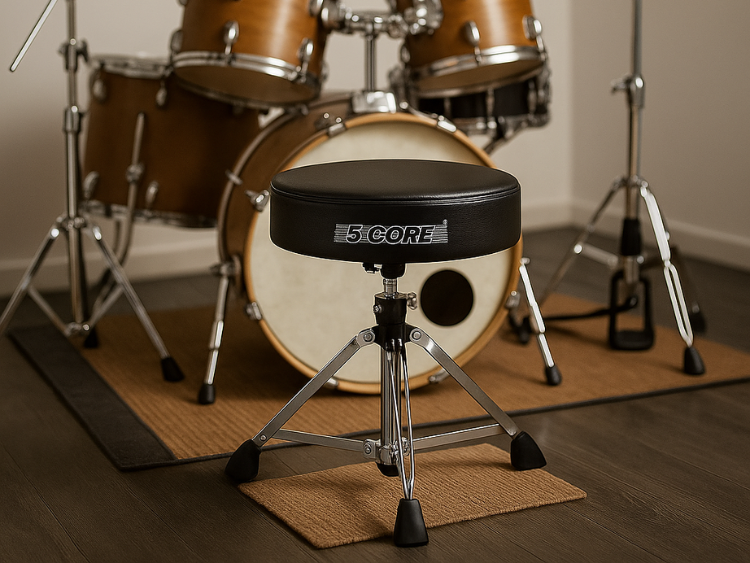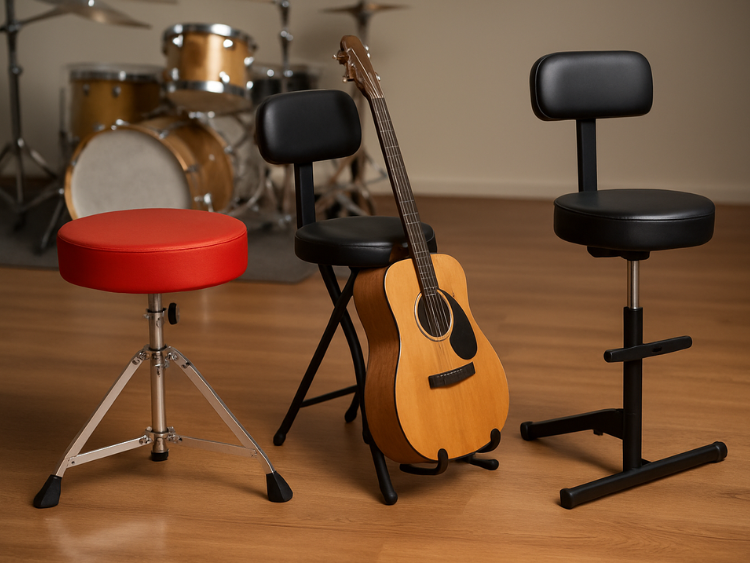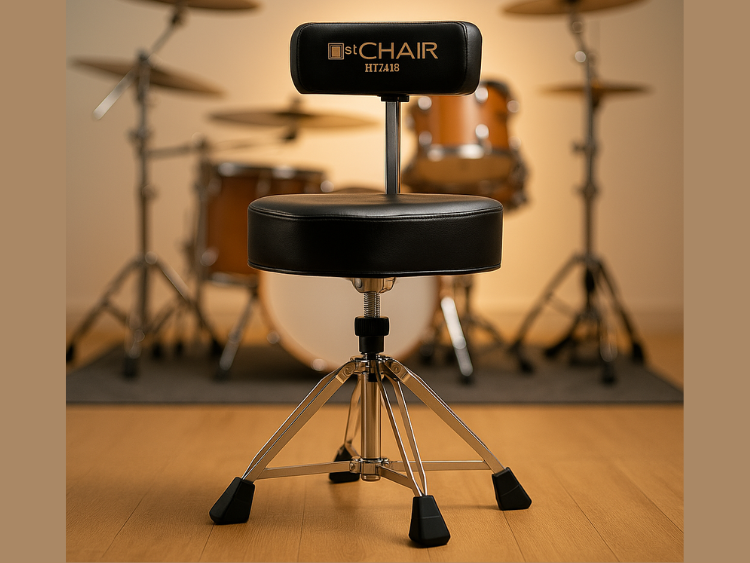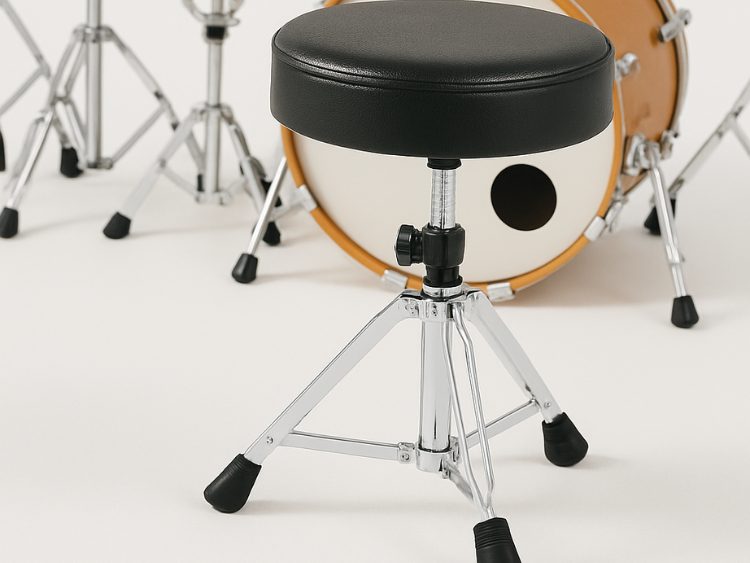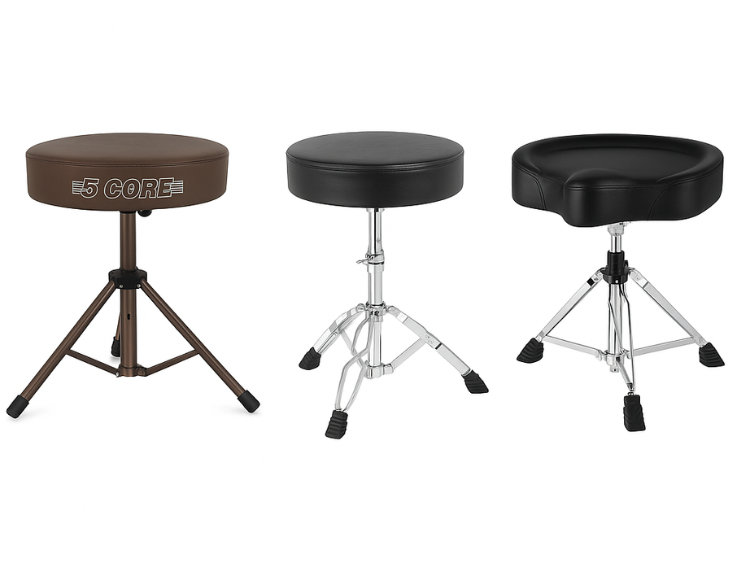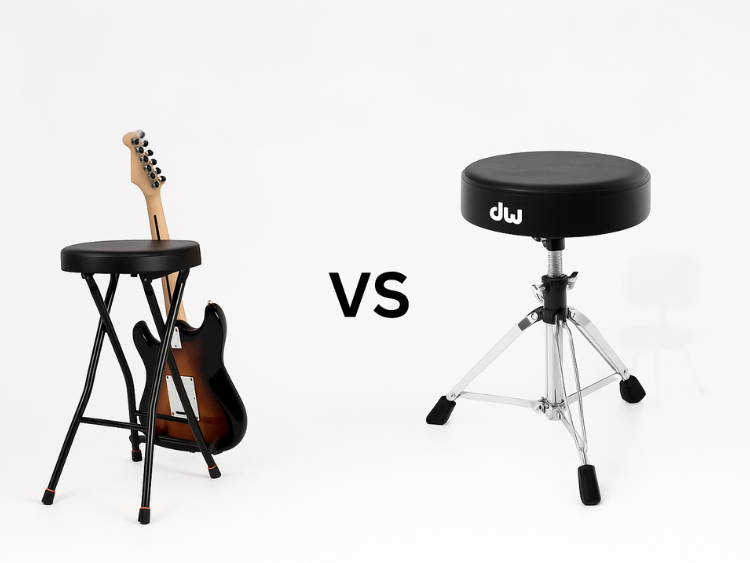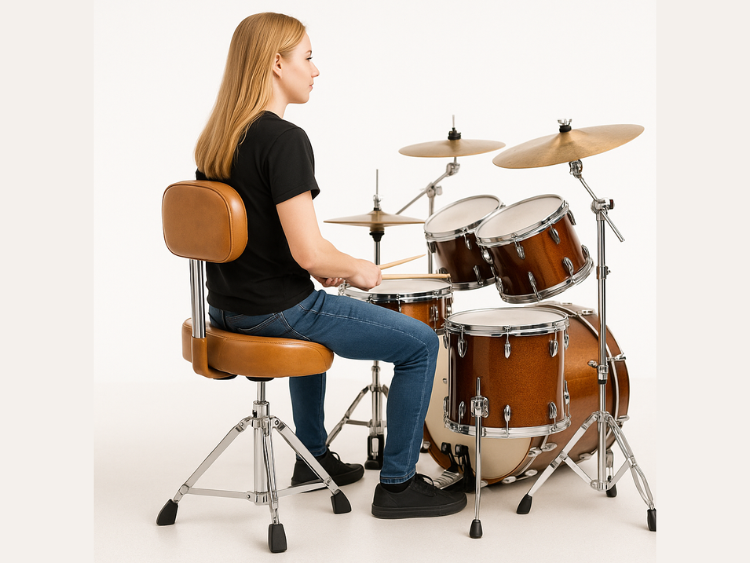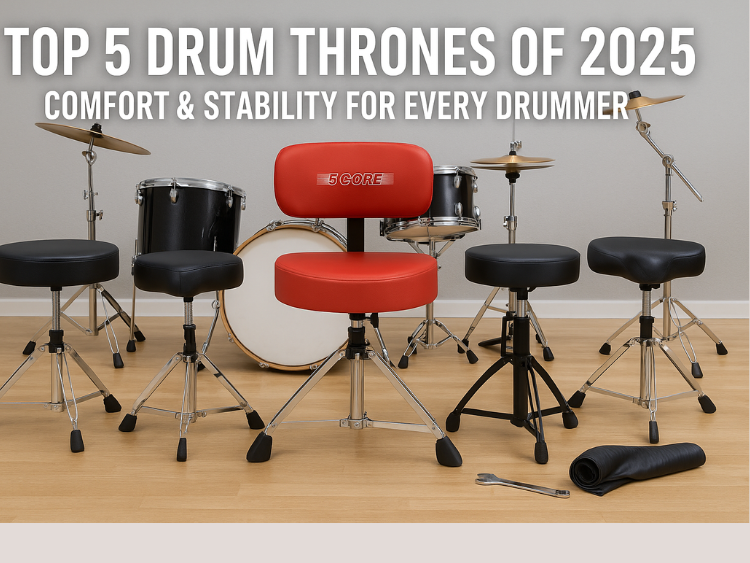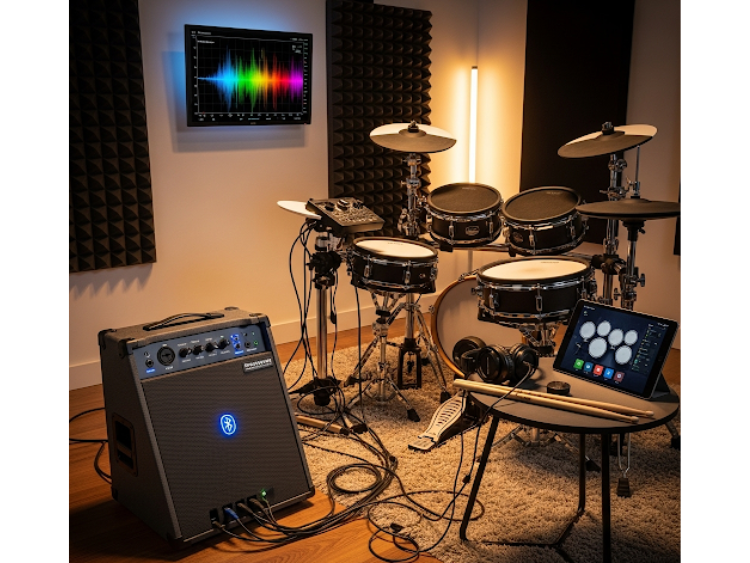How to Maintain Your Drum Throne for Long-Term Use
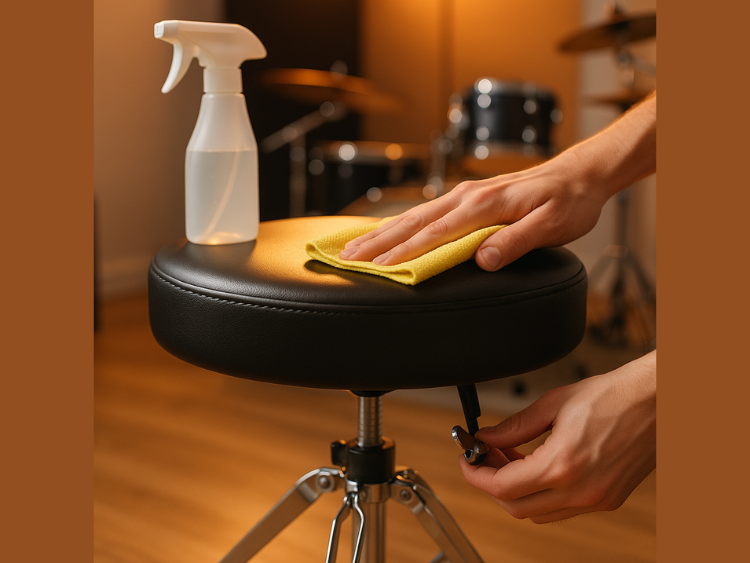
Your throne on drums is not a seat. Helps your balance, stamina, and performance, quite useful when practicing, or actually performing. Durations may not give the safest sitting time, as hours seated can lead to strains, fatigue and in some cases, long-term injury when the seat does not support one effectively.
In a study published in PLoS One, soft cushioning on musician chairs lowered the pressure exerted on the body by nearly 30 per cent, which helps to avoid musculoskeletal symptoms. According to a National Library of Medicine study, it was found that the incidence of spinal muscle fatigue was greatly reduced by the use of a supportive backrest structure during a prolonged playing session. In a report on a professional musician, the problems related to neck, shoulder, and lower back pain are the most commonly presented health problems that are related to poor seating and posture.
Proper maintenance of your drum throne will make it provide stability, comfort and support to you over the years of continuous playing of drums.
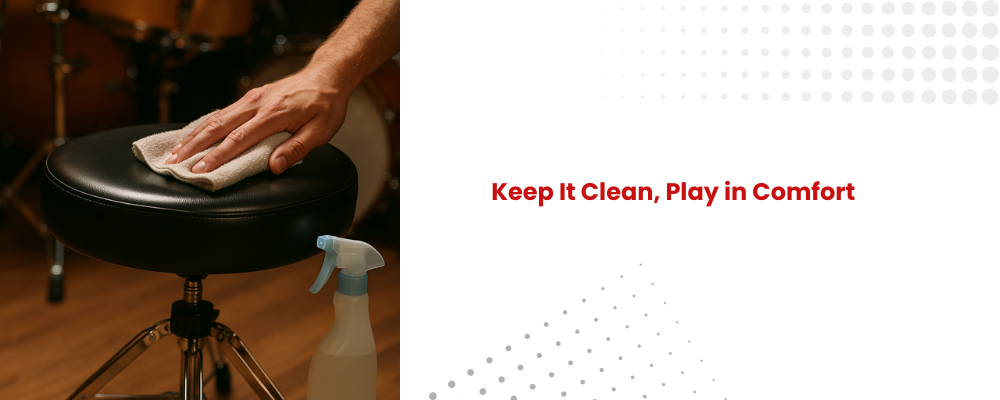
Regular Cleaning for Hygiene and Longevity
Sweat and dust break down seat materials over time. According to the National Center for Biotechnology Information (NCBI), musicians face high risks of posture and musculoskeletal issues, which can be worsened by unsanitary seating.
Daily Wipe-Down Routine
Wipe your throne with a damp cloth after each session to remove sweat and dust.
Deep Cleaning Tips
For PU or leather tops, use mild soap or an upholstery cleaner—avoid harsh chemicals that can crack surfaces.
Tighten Screws and Hardware
Drummers are always complaining about the wobble that is caused by the screws that become loose after raising and lowering the throne. Check bolts, wingnuts and memory locks at monthly intervals. A stable sitting position keeps the spine neutral, so you will not have to rest after long training.
Preserve the Cushion Support
The long-term use flattens foam, which decreases comfort. Seating ergonomics research indicates that a hard cushion with decent padding promotes circulation in contrast to thin cushions. Switch your sitting angle occasionally, do not leave heavy objects on the seat and consider an upgraded memory foam seat.
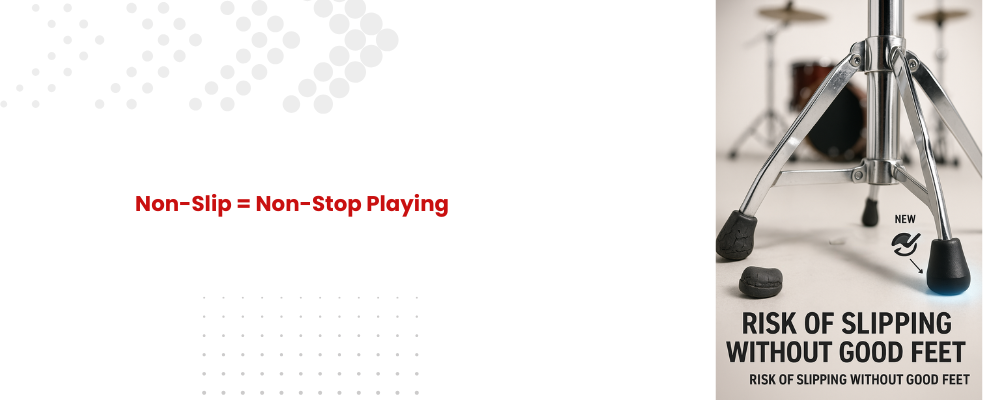
Inspect the Base and Feet
The base takes the most stress. Look for rust, bending, or uneven legs. Replace worn rubber feet to prevent slipping on smooth floors—essential for both studio safety and live gigs. Non-slip stability helps you stay balanced while keeping your hands and feet in sync.
Store It Correctly
Moisture damages both steel frames and seat covers. Always store your throne in a dry place. If traveling, use a padded case to prevent dents or scratches. Touring drummers often fold their throne legs to save space and extend their life.
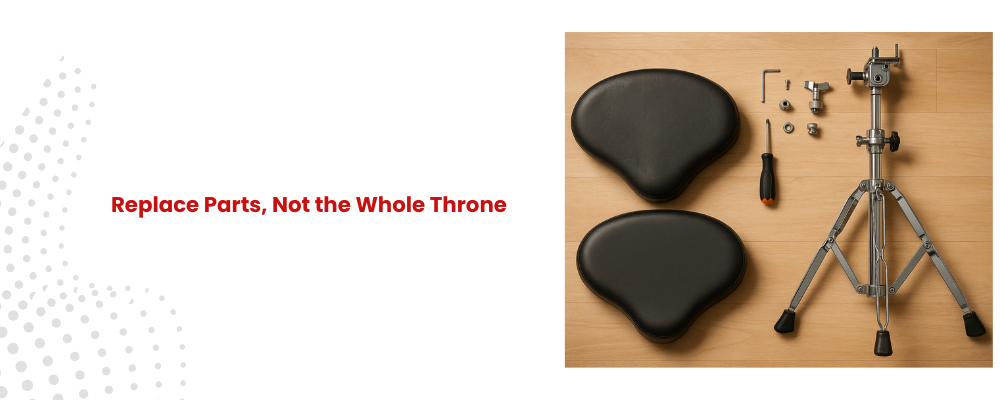
Replace Parts Instead of the Whole
Most pro-level thrones allow cushion or hardware replacement. Swapping a worn pad or screw can save money while keeping the stool safe and supportive. This also reduces waste, aligning with sustainable gear practices.
Use Protective Covers
A simple slip-on cover shields the cushion from sweat, dust, and spills. For touring drummers, covers prevent friction damage when the throne rubs against cases or other gear. This inexpensive habit helps preserve the original seat material and reduces cleaning frequency.
Final Beat
Your drum throne shapes your comfort, posture, and playing power. Regular cleaning, hardware checks, and proper storage are small habits that lead to years of reliable use. If your current seat is wearing out, explore high-quality drum stools designed for long sessions. Ready to upgrade your setup? Find durable, gig-ready options at Drum Shop Store.
